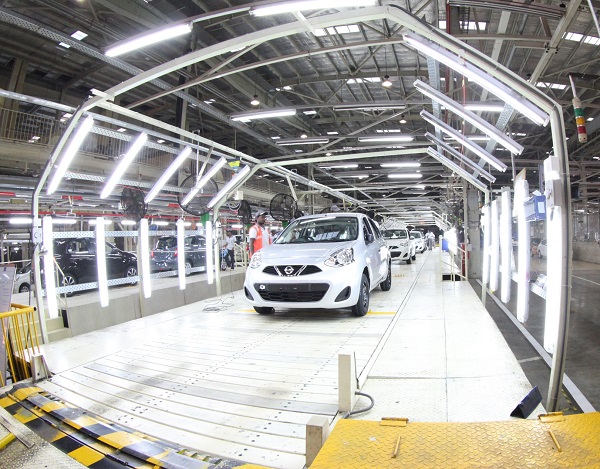Mumbai, Transmission of benefits of past and present rate cuts by lenders is essential for the automobile sector to drive out of the slowdown, feel industry observers.
The Monetary Policy Committee’s (MPC) decision on Wednesday to reduce key lending rates by 35 basis points (bps) would not have intended impact if the benefit was not passed on to consumers, they stated.
The RBI has cut the interest rates 110 bps at the last four MPC meetings in this financial year.
The massive sales de-growth is attributed by experts to high goods and services tax (GST) rates, farm distress, stagnant wages and liquidity constraints. Inventory pile-up at dealership level and stock management of the unsold BS-IV vehicles have become problem for the sector.
“The RBI rate cut is one among many stimulus measures to revive the economy, which should positively impact the automobile sector,” Grant Thornton India LLP Partner Sridhar V. told IANS. But other measures along with low interest rates were also required to rev up the sector, he added.
“Transmission of this rate cut is required to reflect from banks to NBFCs and the benefit of the policy easing should reach customers for it to have any impact,” said Rahul Mishra, Principal, A.T. Kearney.
The recent rise in insurance cost and Rs 5,000-15,000 hike in vehicle prices by OEMs (original equipment manufacturers) negated the past policy easing to some extent, Mishra said.
According to the Society of Indian Automobile Manufacturers (SIAM) figures, domestic passenger car sales in June declined by 24.07 per cent to 139,628 units. The July figures are awaited.
In the commercial vehicle segment, sales were down by 12.27 per cent to 70,771 units. The overall two-wheeler sales edged lower by 11.69 per cent to 1,649,477 units.
The total sales declined by 12.34 per cent in June to 1,997,952 units across segments and categories.










